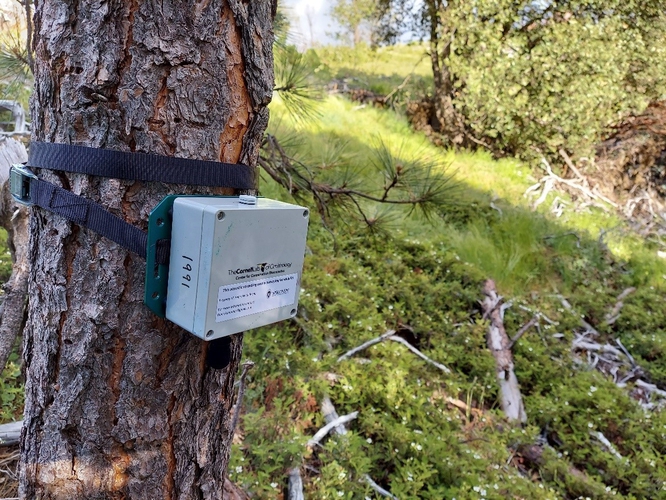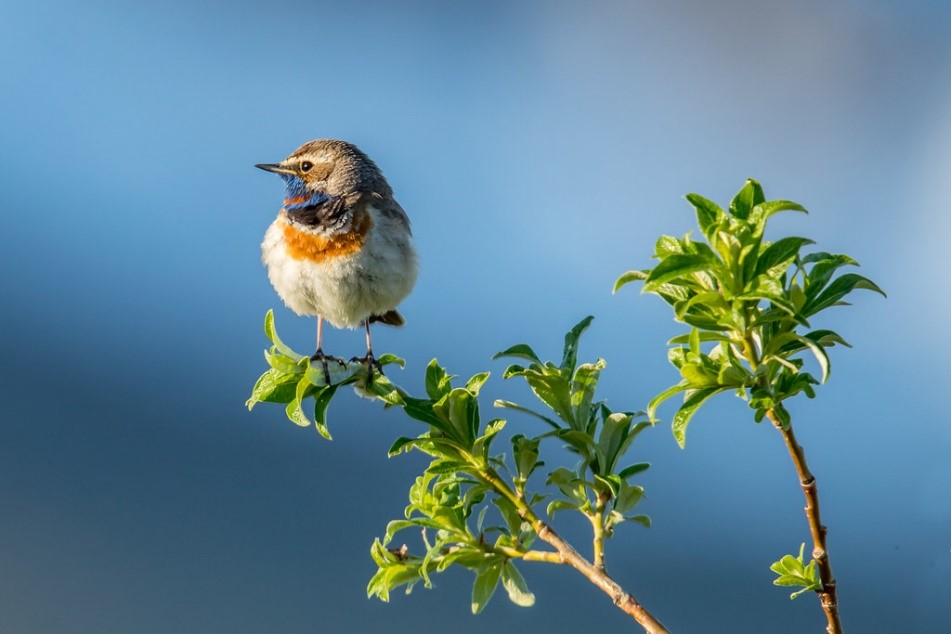Background
Climate change is occurring most rapidly in arctic and alpine areas, leaving species in those habitats vulnerable to changes in phenology and vegetation. Monitoring programs can provide critical information about biodiversity change across time and space, as well as providing insights into how species are impacted by climate change and conservation action.

Passive acoustic monitoring (i.e., studying biodiversity via sound) is a rapidly developing technique for biodiversity monitoring that is growing in popularity due to its relatively low cost and ease of implementation. Passive acoustic monitoring (‘PAM’) programs produce large quantities of acoustic data, and existing analytical techniques for PAM data typically provide basic information such as presence/absence of species or relative abundance. However, PAM programs could be greatly improved by developments that allow us to not only monitor trends but to identify the causes of trends – how and why are species declining? A better understanding of the links between vocal behavior and detailed demographic information, such as the onset of breeding, breeding success, and survival at various life stages, could enable more sophisticated biodiversity monitoring and ultimately improve the implementation and success of conservation actions.

Photo: Mick Thompson
Project description
We are seeking 1-2 motivated MSc students who are interested in developing projects that use bioacoustic methods to explore links between vocal behavior and demography of the bluethroat (blåstrupe; Luscinia svecica), a common but declining alpine bird in Norway. Students will have the opportunity to develop research questions related to vocal behavior and demography of bluethroats (or potentially other alpine species). Additionally, students may consider projects involving abundance and density-estimation using acoustic techniques.
Student(s) will gain experience conducting fieldwork (e.g., deploying recording units, nest searching and monitoring) in a somewhat remote setting and learn techniques for reviewing and analyzing acoustic data. If interested, students may also have the opportunity to create or utilize existing machine-learning models for acoustic data analysis. Students should be generally motivated by an interest in ecology and conservation.